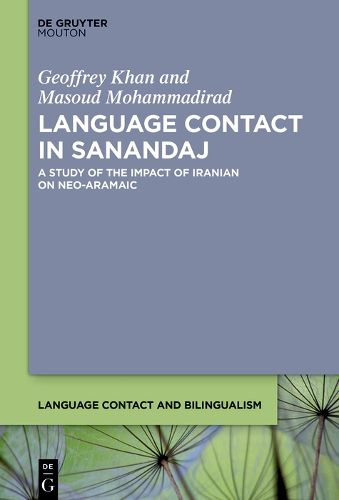Readings Newsletter
Become a Readings Member to make your shopping experience even easier.
Sign in or sign up for free!
You’re not far away from qualifying for FREE standard shipping within Australia
You’ve qualified for FREE standard shipping within Australia
The cart is loading…






This book is a detailed study of contact-induced change in the Neo-Aramaic dialect of the Jews of Sanandaj, a town in western Iran. Since its foundation in early 17th century, the city has been home to a significant Jewish community. The Jewish Neo-Aramaic dialect of the town displays different historical layers of contact with various Iranian languages over the course of many centuries. The Iranian languages in question are Gorani, Kurdish, and Persian. Among these, Gorani has had a particularly deep impact on Jewish Neo-Aramaic, whereas the impact of Kurdish, and especially Persian, remains superficial. Jewish Neo-Aramaic records a history of language shift from Gorani to Kurdish in the region. The book offers insights into contact-induced change in social contexts in which a language is maintained as a demarcation of communal identity in a multilingual setting.
$9.00 standard shipping within Australia
FREE standard shipping within Australia for orders over $100.00
Express & International shipping calculated at checkout
Stock availability can be subject to change without notice. We recommend calling the shop or contacting our online team to check availability of low stock items. Please see our Shopping Online page for more details.
This book is a detailed study of contact-induced change in the Neo-Aramaic dialect of the Jews of Sanandaj, a town in western Iran. Since its foundation in early 17th century, the city has been home to a significant Jewish community. The Jewish Neo-Aramaic dialect of the town displays different historical layers of contact with various Iranian languages over the course of many centuries. The Iranian languages in question are Gorani, Kurdish, and Persian. Among these, Gorani has had a particularly deep impact on Jewish Neo-Aramaic, whereas the impact of Kurdish, and especially Persian, remains superficial. Jewish Neo-Aramaic records a history of language shift from Gorani to Kurdish in the region. The book offers insights into contact-induced change in social contexts in which a language is maintained as a demarcation of communal identity in a multilingual setting.